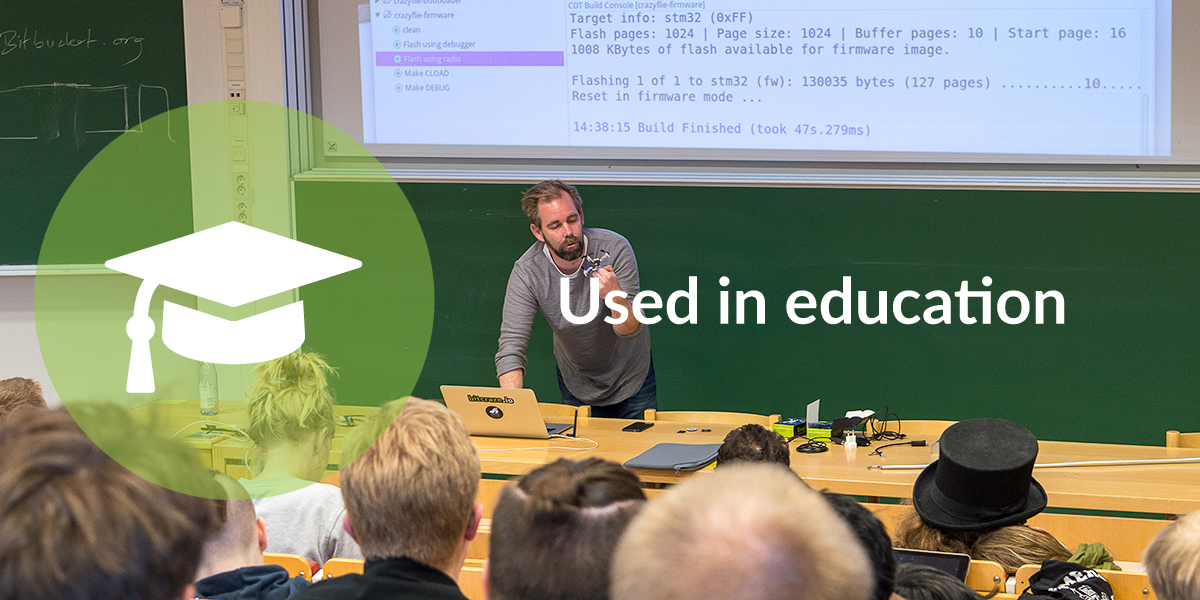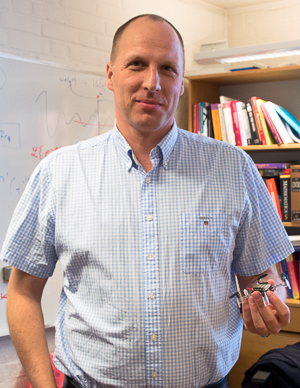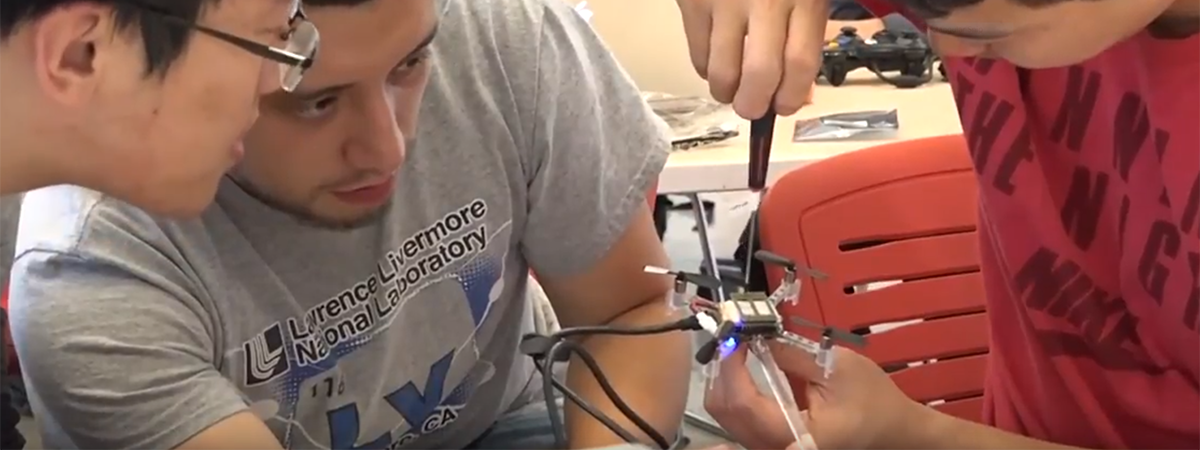
Bring the latest in robotics to your students
Engaging
The crazyflie is a versatile development platform that is made to engage people to learn about robotics and quadcopters. Help the students acquire knowledge in areas like control algorithms, embedded systems, aeronautics or robotics by verifying their insights on a real quadcopter. Source code and hardware design is open and available to allow exploration and modification.
Flexible
The Crazyflie 2.X is equipped with a flexible expansion interface to where a variety of expansion decks can be attached. Since the source and hardware design is open, it is also possible to add your own sensors or interface other hardware. The expansion decks adds new functionality to the Crazyflie that extends the reach of potential interest areas and makes the Crazyflie a great tool for education where both teachers and students can rely on an evolving platform.
Support
In addition to providing a great platform for learning we have created several “easy to follow” tutorials to get started with both setting up the Crazyflie and starting with development. We also have an active community on our discussions page that always try to help out.
Size
Since the Crazyflie fits in the palm of your hand and only weighs 27g it’s ideal to fly inside the classroom and reduces the need for safety precautions.
Used in the classroom at UC Berkeley
Mechanical engineering professor Mark Mueller is using the Crazyflie 2.0 in the course “Introduction to Control of Unmanned Aerial Vehicles” at UC Berkeley.
The class aims to introduce students to Unmanned Aerial Vehicles (UAVs), from a feedback controls perspective. In addition to the theoretical component, the class have a substantial laboratory focus. Students learn the theory necessary to model, understand, and design a controller for a UAV. Topics covered in the lecture will include: modeling of a three-dimensional rigid object; descriptions of orientation; mass moments of inertia; important forces and moments acting on a UAV; aerodynamics of a thin aerofoil; aerodynamics of a propeller; and typical control strategies.
Students are given a UAV to work with through the semester. During the class’s labs, students will implement a state estimator and then feedback control to stabilize the vehicle (all programmed in C++, flashed onto the UAV’s microcontroller). At the end of the semester, students compete to see who’s system is best able to reject external disturbances. Read more about the course in the “New course takes flight at Jacobs Hall” blog post.
Introduction video to the course:
Used in the classroom at Chalmers University of Technology

Associate Professor Knut Åkesson has chosen to incorporate the Crazyflie 2.0 as an educational platform for the course “Embedded control systems” at Chalmers University of Technology.
During 8 weeks the students at Chalmers gets introduced to the principles of design, specification, modeling, analysis and implementation of embedded control systems. The course is part of the “Systems, control and mechatronics” master program. The Crazyflie 2.0 is introduced to the students when the course progresses from a theoretical level towards practical realization. Using the Crazyflie 2.0 as an educational platform gives the students the opportunity to test their work in real-life. As an example the students build dynamic models of the Crazyflie 2.0 in the modeling language Modelica. They then design control algorithms based on the model and finally implement it on the Crazyflie 2.0.
-That the Crazyflie is an open platform is key for us, it enables the students to modify and implement without limitations. (Knut Åkesson, Associate Professor at Chalmers University of Technology)
According to Knut a big benefit that was taken into consideration when incorporating the Crazyflie 2.0 as part of the teaching material is that the Crazyflie is an open platform, which makes it easy for the students to modify and implement their own algorithms. Using an open source tool also saves the teachers from the hassle dealing with licenses and limitations.
Another advantage is that traditional lab equipment is often very expensive and the time each student get to spend with the equipment is limited. Because of the Crazyflies price point the university can provide more students with the platform and let them bring it home and keep during the whole 8 week course. This also goes hand in hand with the safety issue that’s been taken into consideration according to Knut. Because of the Crazyflies small size the teachers don’t have to prepare any major precautions before the students can start working with the platform and it makes it possible at all for the students to bring the Crazyflie 2.0 home.
Key points
- An open platform
- Price point
- Safety because of size
